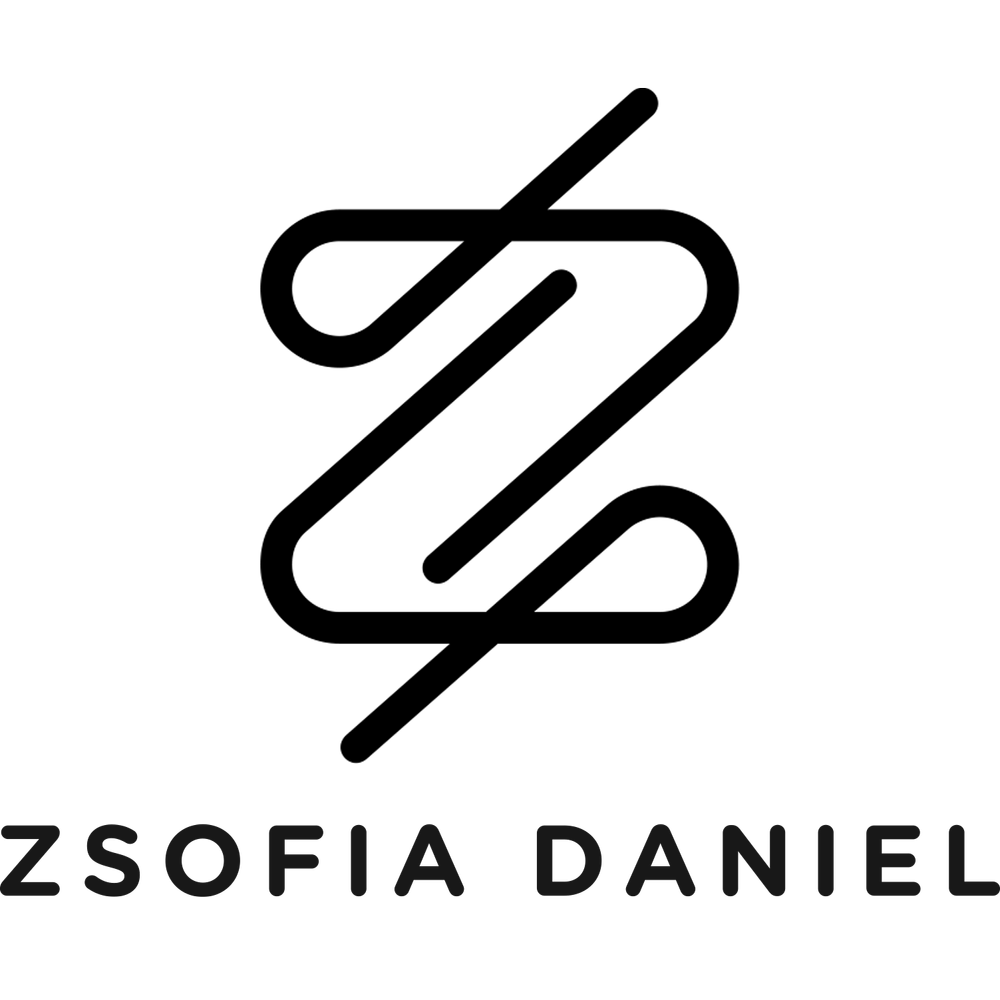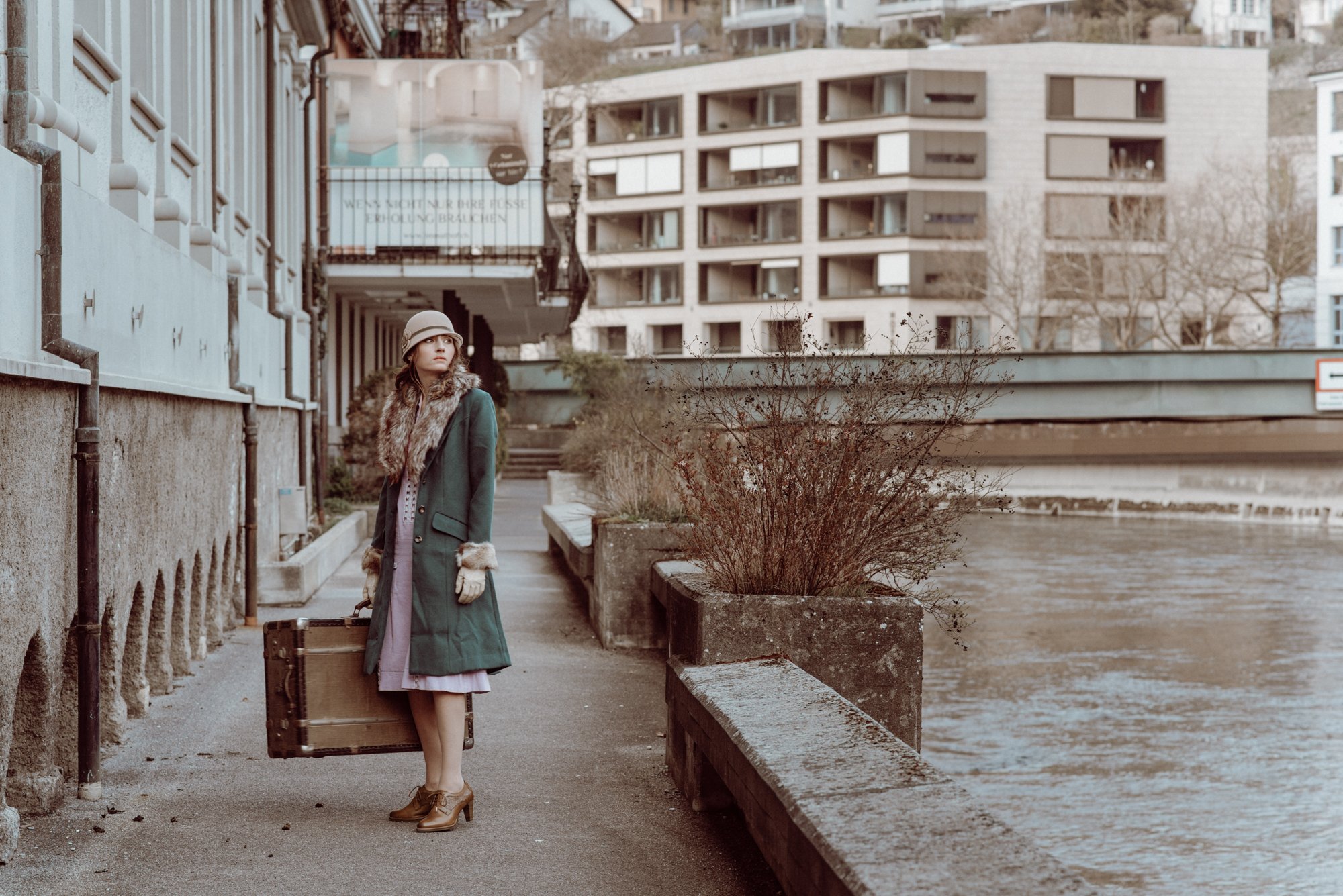Behind the image: “Wind of Change”
Project Summary
The images in ‘31 explore social and political parallels between the present and the late 1920s and 1930s.
The project’s limited-edition archival pigment prints measure 28 x 42 cm (11 x 16.5 inches).
Caption to “Winds of Change”
“Wind of Change” evokes the Nazi government’s 1938 scheme to annex the Sudetenland on the pretext of protecting its German-speaking populace, a cause it promoted through propaganda and agitation. The fear that it would take the region by force led to the Munich conference, in which the Allies allowed Germany to occupy the Sudetenland. The appeasement gave Germany advantage at the start of WWII.
This infamous timeline bears striking similarities to Russia’s recent invasion of Ukraine, which was preceded by its recognition of the sovereignty of eastern breakaway regions in which the population is largely Russian-speaking. Like the NS-Regime, the Russian stirred up anti-Ukraine sentiment through propaganda and paramilitary agitation. The Western world has responded very differently to Russia’s attack, applying punitive economic sanctions and providing military support to Ukraine. Yet if these measures can’t stop Russia, will countless people be forced to leave their peaceful lives behind?
Wind of Change - 2022
Copyright: Zsofia Daniel; In frame: Emma Helena; Hair & Make-up: Adrienn Bodor
Detail of “Wind of Change” from the fine art photography project ‘31
Copyright: Zsofia Daniel; In frame: Emma Helena; Hair and Make-up: Adrienn Bodor
Between Past AND present
The photograph shows a woman in an empty promenade with a large overseas suitcase. She is looking back at something with visible sadness in her eyes. Her body language and facial expression convey loss and farewell. These feelings are reinforced by the leafless vegetation and barren surroundings.
An unsettling anachronism is achieved through the image’s mixture of architectural styles and the model’s garb. Careful choice of color seamlessly unifies these elements. Instead of relying on specific fashions to bring the woman’s character to life, I combined period pieces such as the purple dress and the suitcase with new yet nostalgic elements. The ordinariness of the scene is reaffirmed by the wrinkled coat.
When creating this image, I wanted the main character to represent the millions of people, whether refugees or those who choose to remain, who have had their homes, families, memories, and lives irrevocably changed due to a military conflict.

